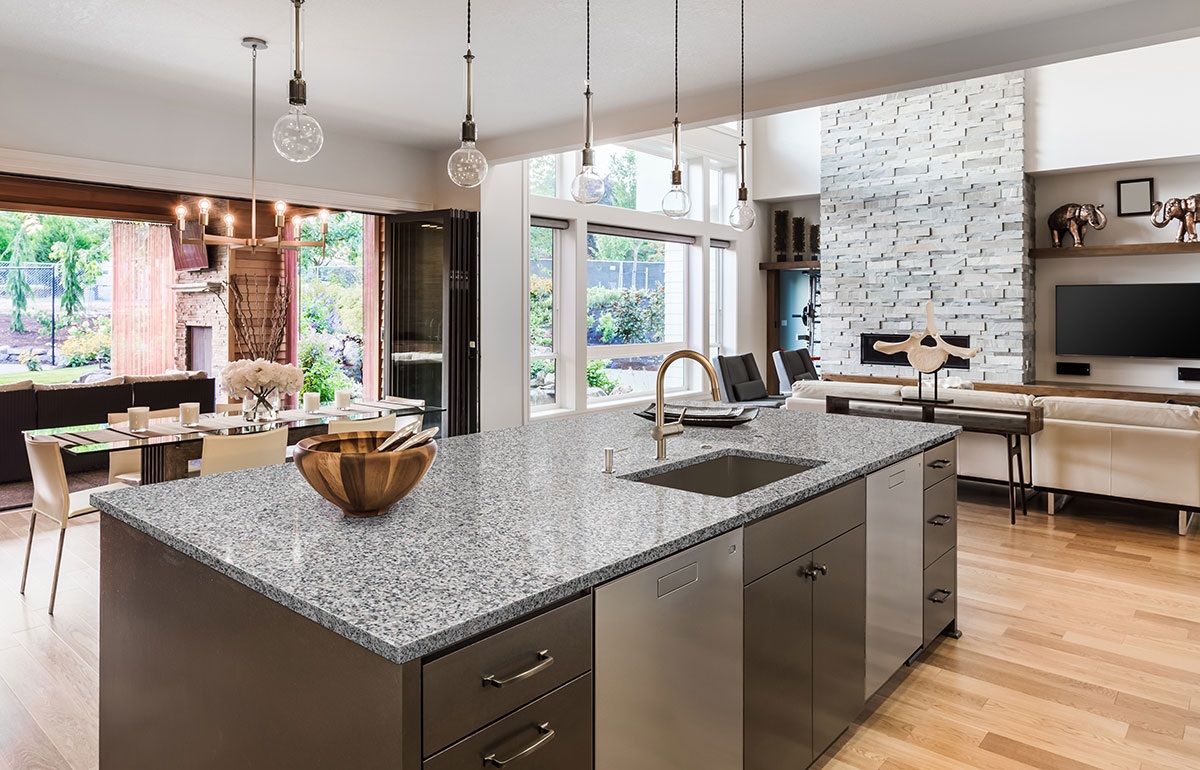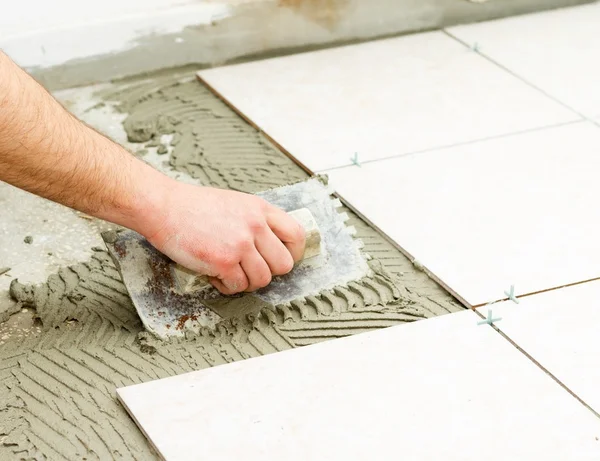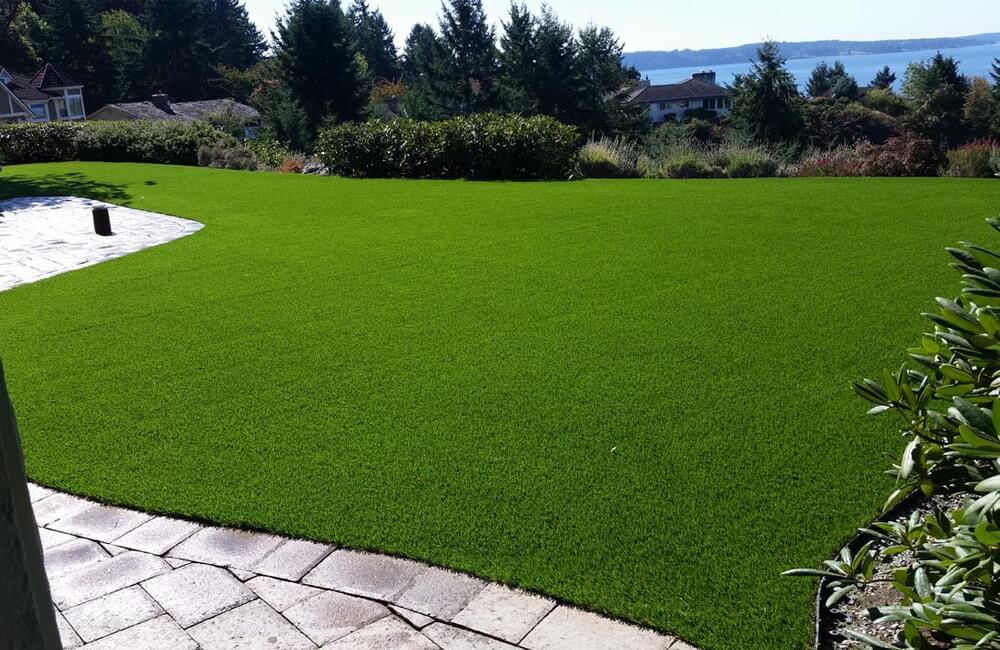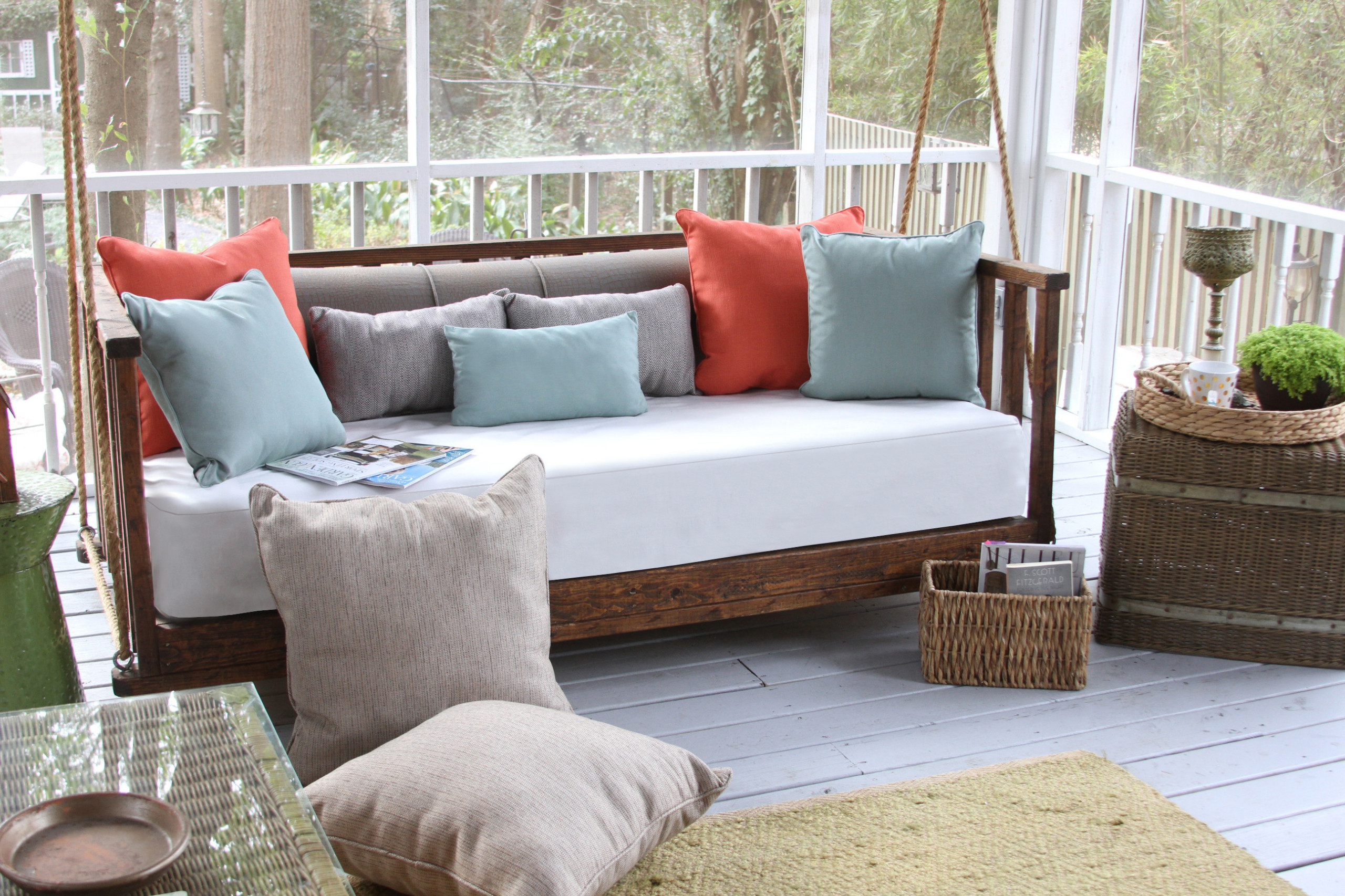Your kitchen isn’t just a space; it’s the pulsating core of your household. It’s where delicious meals are crafted, where conversations naturally flow, and where cherished memories are born. But creating a truly inviting and functional kitchen is about more than just the basics. It’s about curating an atmosphere that embraces both practicality and beauty.
This space is where culinary masterpieces are brought to life, where laughter and stories intertwine, and where daily life finds its center. A welcoming kitchen isn’t just a place to cook; it’s a space that nourishes your spirit and reflects your unique style, making every moment spent there a joy.
In this article, we’re diving deep into the art of creating a kitchen that not only works efficiently but also delights the eyes. We’ll explore the crucial interplay between two fundamental elements: your quartz worktops and cabinets. The focus here is on achieving a seamless, unified look that brings together these key components, elevating the overall design of your kitchen space.
Understanding Color Harmony:
Exploring Color Psychology in Kitchen Design:
Color psychology significantly impacts the ambiance of a kitchen. Gray, a versatile and popular choice, embodies sophistication and neutrality. Gray kitchen cabinets bring a sense of modernity and elegance to a kitchen, offering a sleek and refined appearance. Lighter shades of gray cabinets can evoke an airy, open feel, while darker tones can add depth and richness to the space.
Identifying Dominant vs. Accent Colors in Kitchen Cabinets:
In a kitchen with gray cabinets, the shade of gray can dictate the dominant or primary color. Lighter grays might serve as the predominant hue, while darker grays could act as accent tones. Combining various shades of gray in different elements, such as island cabinets or upper/lower cabinets, can create visual interest and depth.
Impact of Different Quartz Shades on Overall Aesthetics:
Pairing gray cabinets with gray quartz presents a multitude of design opportunities. Light gray quartz can complement lighter gray cabinets, fostering a cohesive, airy feel. Darker gray quartz, such as charcoal or slate-toned variants, can contrast elegantly with lighter gray cabinets, contributing to a contemporary and sophisticated look.
The harmony achieved between gray quartz worktops and cabinets lies in the subtleties of their tones. For instance, pairing light gray cabinets with slightly darker or patterned gray quartz can introduce dimension without overpowering the space. Conversely, dark gray cabinets with lighter or marbled gray quartz countertops create a striking contrast while maintaining a modern and balanced aesthetic.
Whether aiming for a monochromatic, tonal look or seeking a captivating contrast, the combination of gray cabinets and quartz allows for versatile and stylish kitchen designs that exude both sophistication and functionality.
Complementary Styles and Textures:
Balancing Modern Quartz with Traditional Cabinets:
The interplay between modern quartz worktops and traditional cabinets can create a captivating juxtaposition. For instance, integrating sleek, contemporary quartz with ornate or classic-styled cabinets can yield a balanced and eclectic design. The smooth, clean lines of the quartz contrast beautifully with the intricate detailing of traditional cabinetry, resulting in a harmonious blend of old-world charm and modern elegance.
Mixing Matte and Glossy Finishes for Visual Interest:
Combining different surface finishes adds depth and visual intrigue to a kitchen. Matte-finished cabinets alongside glossy quartz worktops create a stunning contrast. The muted, non-reflective quality of matte surfaces complements the sleek, reflective nature of glossy quartz, contributing to a dynamic and visually appealing space. This mix of textures adds a contemporary edge while maintaining a sense of sophistication.
Exploring Textural Cohesion between Worktops and Cabinets:
Textural cohesion between quartz worktops and cabinets involves finding a harmonious balance between their textures. For instance, pairing textured or grainy quartz surfaces with smooth, solid-colored cabinets creates an engaging visual contrast while maintaining a cohesive overall look. The juxtaposition of textured black quartz against sleek, Modern black kitchen cabinetsoffers depth and visual intrigue, creating a striking yet unified appearance in the kitchen.
By skillfully blending modern and traditional elements, mixing different finishes, and exploring cohesive textures, you can create a kitchen that embodies both visual interest and a sense of unified style, enhancing the overall aesthetics of your space.
Assessing Design Patterns and Grains:
Coordinating Veining and Patterns in Quartz with Cabinet Grain:
When aligning design patterns, consider how the veining in quartz interacts with the grain of your cabinets. For instance, if your cabinets feature a prominent wood grain, selecting a quartz with veining that complements rather than competes with this pattern can create a cohesive visual flow. Coordinating these elements ensures a harmonious relationship between the textures and patterns, contributing to a unified kitchen design.
Contrast or Complement? Strategies for Designing with Patterns:
Deciding between contrast and complementation in patterns is key to achieving the desired aesthetic. For a bold and striking look, contrasting patterns, such as pairing highly veined quartz with sleek, minimalistic cabinets, can create a captivating visual impact. On the other hand, opting for complementary patterns that share similar tones or intensities can establish a more subdued yet harmonious ambiance in the kitchen.
Showcasing Seamless Integration for a Unified Look:
Seamless integration involves skillfully blending the design patterns and grains of quartz worktops and cabinets. Achieving a unified look means that patterns and grains complement each other without overpowering or clashing. Through thoughtful selection and coordination, the kitchen can exude a sense of cohesion and sophistication, presenting a space where each element seamlessly integrates into the overall design.
Practical Tips for Successful Pairings:
Sampling and Testing: Importance of Seeing Materials Together:
Before finalizing choices, it’s crucial to obtain samples of both quartz and cabinet materials. Viewing these samples together in your kitchen space allows you to assess how they interact under your specific lighting conditions, aiding in making an informed decision about their compatibility.
Lighting Considerations and Its Impact on Color Matching:
Lighting significantly influences how colors and patterns appear. Natural light, warm or cool artificial lighting, can affect the perceived tones of both quartz and cabinets. Evaluating materials in different lighting conditions helps in ensuring that the chosen combination retains its desired aesthetic appeal.
Consulting Design Experts for Guidance and Suggestions:
Seeking guidance from design professionals or experts can provide invaluable insights and suggestions. Designers can offer tailored advice, considering your preferences, space, and the desired ambiance, helping you navigate the complexities of pairing quartz worktops and cabinets effectively.
Solutions to Common Challenges:
Resolving Clashing Color or Style Dilemmas:
Resolving clashes in color or style often involves finding a unifying element. When faced with conflicting colors or styles between quartz worktops and cabinets, consider introducing a bridging element—a complementary accent color, hardware, or backsplash—to create harmony. For instance, adding neutral-toned accessories or opting for a focal point that ties both elements together can mitigate clashes and bring cohesion to the overall design.
Making Adjustments in Design Without Major Renovations:
Making design adjustments without extensive renovations involves strategic updates. Simple changes like updating hardware, repainting or refinishing cabinets, or incorporating decorative elements can refresh the kitchen’s look without major overhauls. Additionally, consider reimagining the layout or configuration to optimize the visual balance between quartz worktops and cabinets, providing a renewed aesthetic without a complete overhaul.
Addressing Budget Constraints While Achieving Cohesiveness:
When working within budget constraints, prioritize areas that have the most significant impact on the overall aesthetics. Opt for cost-effective alternatives that maintain cohesion, such as choosing quartz alternatives that mimic higher-end materials or exploring cabinet refacing instead of replacement. Additionally, consider focusing on key areas, like the kitchen’s focal point, to allocate resources effectively and achieve a cohesive look within budget limitations.
By creatively resolving clashes, making strategic adjustments without major renovations, and prioritizing cost-effective choices, you can navigate common challenges in pairing quartz worktops with cabinets, ensuring a harmonious and unified kitchen design without exceeding budgetary constraints or necessitating extensive remodeling.
Conclusion:
The kitchen isn’t just for cooking; it’s where your style meets practicality. We’ve explored how quartz worktops and cabinets dance together, balancing looks and usefulness. Colors, textures, and patterns bring endless options. Gray tones and mixing modern with traditional styles create a beautiful kitchen story.
But it’s not always easy. Sometimes colors clash, or budgets limit choices. Yet, we’ve found clever ways to solve these puzzles without losing style or function. Making everything fit isn’t just about the materials. It’s about how they come together. Trying samples, testing, and getting advice help create a kitchen that’s both personal and practical.
Also read:




